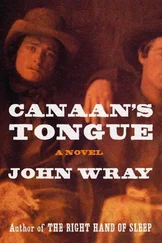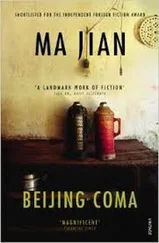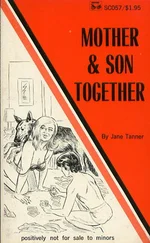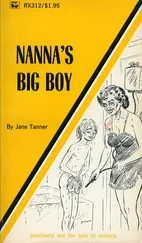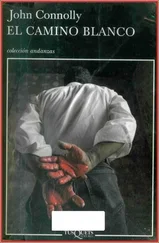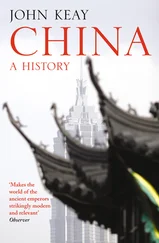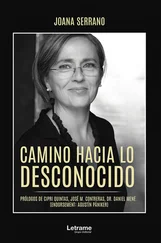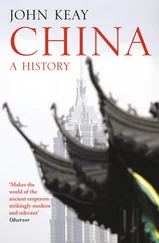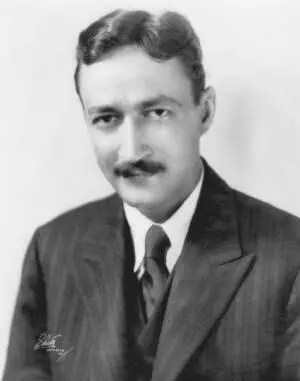
Jean Toomer, circa 1932. Jean Toomer Papers, Yale Collection of American Literature, Beinecke and Rare Book Manuscript Library.
Raised as an African American but, to most observers, racially indeterminate, Toomer embodied in his person, in his disposition, and in his art many of the signal elements — hybridity, alienation, fragmentation, dislocation, migration, fluidity, experimentation — that define American modernism, and that he would so imaginatively address in Cane . Throughout his life, Toomer displayed a marked ambivalence toward his Negro ancestry, addressing it — or erasing it — again and again in his posthumously published autobiographical writings. The relation of this deep and abiding ambivalence to the various forms of fragmentation that wind their way through Cane has intrigued critics virtually since Cane was published in 1923. Indeed, one could say that the great theme of Cane is fragmentation itself, rendered through close and careful encounters between blacks and blacks, and blacks and whites, in an almost mythic, transitional, pre-Jazz Age, Jim Crow rural South. Toomer tells us that the impact of the southern agrarian setting upon his northern, urbane sensibility was dramatic, referring to the psychological and emotional “state” created by his first encounters with southern black culture in the town of Sparta, Georgia. Put another way, Toomer is describing the particular structures of feeling and thought generated when he encountered a region of the country that fundamentally shaped his parents and grandparents, a region about which he would grow increasingly ambivalent almost as soon as, if not before, he published Cane.
Jean Toomer was born Nathan Pinchback Toomer on December 26, 1894, in Washington, D.C., the first and only child of Nina Pinchback and Nathan Toomer, both African Americans. Toomer’s name at birth was the source of some controversy in a family that, from the start, seems to have been totally devoted to him. This controversy is, in its way, emblematic of what would become Toomer’s own preoccupation with naming and self-definition, with determining what to call himself and how to define himself ethnically, and with exercising control over his public image in a society that favored the shorthand of labels, especially when defining a person’s color or race.
Toomer’s middle name, Pinchback, linked him directly to his grandfather, Pinckney Benton Stewart Pinchback (1837–1921), the husband of Nina Emily Hethorn, with whom he had four children. P. B. S. Pinchback (as he was known) was the son of Major William Pinchback, a white Virginia planter, and Eliza Stewart, a mulatto slave, and the brother of an undetermined number of siblings, some of whom disappeared into the white world. Born a free Negro in Macon, Georgia, in 1837, Pinchback was a captain in the second regiment of Louisiana’s Native Guard, the black soldiers in the white army who fought on the side of the Union during the Civil War, from October 1862 to September 1863. As the only “cullid officer” at Fort Pike, he served as the spokesman for his fellow black officers who were unrelenting in their protest of the discrimination experienced by the black enlisted men under their command in the Union Army. 3Pinchback would become, during Reconstruction, the first black lieutenant governor of Louisiana. For thirty-five days in December 1872 to January 1873, he even served as the Acting Governor. 4Pinchback’s “brief tenure as acting governor was the political high-water mark for Louisiana blacks during the nineteenth century.” 5A colorful and imperial figure who was sometimes mistaken for Andrew Carnegie, Pinchback derived his wealth from lucrative investments and political appointments, and derived his influence and standing within the deeply stratified society of Washington, D.C., to which he moved after his political career ended in Louisiana, from his historic achievements in office, and his light-skin privilege, often a visible marker of class.
The grandson would recount with some pride the grandfather’s improbable, dramatic rise to power in the corrupting, byzantine, and multicultural world of the Pelican State, speculating that his motives for becoming a public servant were perhaps not entirely altruistic, even suggesting, incredulously, that Pinchback may have been a white man who only passed for black to facilitate his chances of being elected in Reconstruction Louisiana: “Then, the war ended and the black men freed and enfranchised, came Pinchback’s opportunity in the political arena. He claimed he had Negro blood, linked himself with the cause of the Negro, and rose to power. How much he was an opportunist, how much he was in sincere sympathy with the freedmen, is a matter which need not concern us here…it would be interesting if we knew what Pinchback himself believed about his racial heredity. Did he believe he had some Negro blood? Did he not? I do not know. What I do know is this — his belief or disbelief would have had no necessary relation to the facts — and this holds true as regards his Scotch-Welsh-German and other bloods also.” 6
Nowhere, to our knowledge, was Pinchback ever ambivalent about being a Negro, even if, as W. E. B. Du Bois once wrote of him, to “all intents and purposes…[he] was an educated well-to-do congenial white man with but a few drops of Negro blood,” as fair as, say, the novelist Charles W. Chesnutt or the civil rights leader Walter White. 7In fact, elsewhere in his writings, when discussing why he attended an all-black elementary school, Henry Highland Garnet, in Washington, Toomer contradicts himself about Pinchback’s racial identity: “For Pinckney Benston Stewart Pinchback to send his grandson to a white school, no, that will not do. It might look as if he were going back on his race and wanting me to be white.” 8Toomer is being disingenuous here, however; schools in Washington, D.C., were rigorously segregated; Pinchback would have had no choice, even if, as does not appear to be the case, he had sought to educate his grandson across the color line. Clearly the issue of his grandfather’s ethnic ancestry was a vexed one for Toomer, one crucial for him to position and reposition as he sought to redefine his own racial identity.
And a large part of his strategy of strongly implying that his grandfather most probably was “passing for black” was rooted in Toomer’s desire to paint the roots of this branch of his family tree white; to do so, he had to stress that Pinchback was the political opportunist par excellence: “I say he [Pinchback] was an adventurer. I think he was. I doubt that he saw himself bearing a mission to secure and maintain the rights of the freedmen.” 9His grandfather, moreover, Toomer reasoned, saw in the Louisiana of Reconstruction a certain fluidity of identity that allowed for an unprecedented amount of social mobility: “More than anything else Pinchback saw himself as a winner of a dangerous game. He liked to play the game. He liked to win. This — the reconstruction situation in Louisiana — was the chance his personal ambition had been waiting for. He was not a reformer. He was not primarily a fighter for a general human cause. He was, or was soon to become, a politician — but far more picturesque, courageous, and able than the majority of the men who bear that name.” 10If his grandfather had been a white man who passed for black, perhaps his grandson could be a black man who could pass for white. Despite Toomer’s highly dubious claim about his grandfather’s racial identity, his assessment of his grandfather’s career in politics is all the more compelling for being critical and unsentimental. Clearly, P. B. S. Pinchback was a man who inspired a great degree of awe, in Toomer and in just about everyone else: “For myself — I was fascinated by him. His goings and comings were the big events in the house…No one could speak to me and make me laugh and get me excited the way he could. He made me feel I was having a part in everything he did. Sometimes he would take me downtown with him and I might even have lunch with ‘the men,’ who made much to-do over me, giving me the feeling that I was the scion of a great family.” 11This was my grandfather as I knew him,” Toomer writes with fond admiration. “I saw him as a dashing commanding figure, the centre of an unknown but exciting world. He created an atmosphere which thrilled me; and there is no doubt that his image, and the picture and sense of his life, were deeply impressed upon me, later to function as an unconscious ideal for myself, for how I wished to look and be; and also to serve as standards by means of which I measured men and life.” 12
Читать дальше




